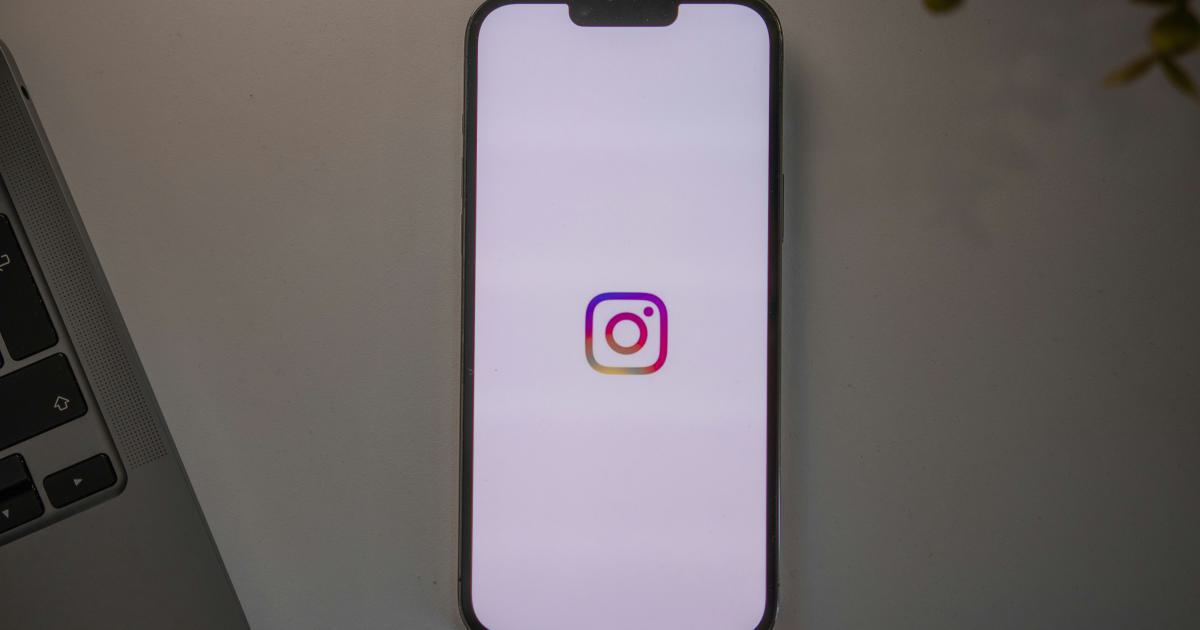Unlocking the Power of Influencer Marketing


The Rise of Influencer Marketing
Influencer marketing has become a dominant force in the digital landscape, transforming the way brands connect with their target audiences. As traditional advertising methods struggle to capture the attention of increasingly savvy consumers, influencer marketing has emerged as a powerful tool for businesses to leverage the credibility and reach of influential individuals.
The ubiquity of social media platforms has paved the way for the rise of influencers, individuals who have amassed a significant following and command the attention of their audience. These influencers, whether they be celebrities, industry experts, or micro-influencers, possess the ability to sway the purchasing decisions and brand perceptions of their followers. By tapping into the trust and authenticity that influencers have built with their communities, brands can effectively reach and engage their target market.

According to a recent study, 89% of marketers believe that influencer marketing is an effective strategy, and over 60% of brands plan to increase their influencer marketing budgets in the coming year. This exponential growth in the adoption of influencer marketing underscores its importance as a crucial component of any comprehensive marketing strategy.
The Advantages of Influencer Marketing
Influencer marketing offers a multitude of advantages that make it an attractive option for businesses of all sizes. Here are some of the key benefits:
Increased Brand Awareness: Leveraging the reach and credibility of influential individuals can significantly amplify a brand's visibility, helping to attract new customers and build brand recognition.
Improved Audience Engagement: Influencers have the ability to create engaging and authentic content that resonates with their followers, leading to higher levels of audience engagement and interaction with the brand.
Targeted Audience Reach: By partnering with influencers who align with a brand's target demographic, businesses can effectively reach and connect with their ideal customers, ensuring their marketing efforts are tailored and relevant.
Enhanced Social Proof: Endorsements from trusted influencers can serve as powerful social proof, instilling confidence in potential customers and driving conversions.
Cost-Effective Marketing: Compared to traditional advertising methods, influencer marketing can be a more cost-effective way to reach and engage with a brand's target audience, especially for small and medium-sized businesses.
Measurable Results: The data-driven nature of influencer marketing campaigns allows businesses to track key performance metrics, such as engagement rates, website traffic, and sales, enabling them to optimize their strategies and measure the return on investment (ROI).

By capitalizing on these benefits, brands can unlock the full potential of influencer marketing and drive meaningful results for their business.
Identifying the Right Influencers
Successful influencer marketing campaigns begin with the identification of the right influencers to partner with. This process requires a strategic approach that considers the unique needs and objectives of the brand.
Understanding Your Target Audience
The first step in identifying the right influencers is to have a deep understanding of your target audience. This involves analyzing their demographics, interests, pain points, and the platforms they frequent. By gaining a clear picture of your ideal customers, you can then seek out influencers whose audiences closely align with your target market.
Evaluating Influencer Metrics
Once you've established your target audience, it's essential to evaluate potential influencers based on key metrics that will determine their suitability for your brand. These metrics may include:
Follower Count: While a large follower base is often desirable, it's important to look beyond just the number of followers and consider the quality and engagement of the influencer's audience.
Engagement Rate: A high engagement rate, measured by likes, comments, and shares, suggests that the influencer's content resonates with their audience and can lead to meaningful interactions with your brand.
Relevance: Ensure that the influencer's content, niche, and overall brand image align with your own, as this will ensure a natural and authentic partnership.
Authenticity: Look for influencers who have built genuine, long-lasting relationships with their followers, as this can lend credibility to your brand's message.
Audience Demographics: Analyze the age, gender, location, and interests of the influencer's audience to ensure they match your target market.

By carefully considering these metrics, you can identify influencers who are not only a good fit for your brand but also have the potential to drive tangible results.
Diversifying Your Influencer Portfolio
While it's important to find the right "star" influencers to partner with, it's also valuable to consider a more diverse approach to influencer marketing. This may include:
Micro-Influencers: Smaller-scale influencers with highly engaged, niche audiences can be a powerful tool for reaching your target market and driving authentic engagement.
Industry Experts: Collaborating with respected industry experts can lend credibility and authority to your brand, positioning you as a thought leader in your field.
Brand Ambassadors: Establishing long-term partnerships with brand ambassadors can help you build a loyal following and foster a sense of community around your brand.
By diversifying your influencer portfolio, you can create a well-rounded strategy that maximizes the unique strengths and advantages of different types of influencers.

Ultimately, the key to identifying the right influencers lies in aligning their audience, content, and brand image with your own marketing goals and target market.
Crafting Impactful Influencer Campaigns
Once you've identified the appropriate influencers to partner with, the next step is to develop a compelling influencer marketing campaign that effectively engages your target audience and drives tangible results for your brand.
Establishing Clear Campaign Objectives
Before executing an influencer marketing campaign, it's essential to define clear and measurable objectives that align with your overall business goals. These objectives may include:
Increasing Brand Awareness: Leverage influencers to introduce your brand to a wider audience and boost recognition.
Driving Website Traffic: Partner with influencers to direct their followers to your website, leading to increased visibility and potential conversions.
Boosting Product Sales: Collaborate with influencers to promote specific products or services, with the aim of directly impacting sales.
Enhancing User-Generated Content: Inspire influencers and their followers to create and share content that showcases your brand in a positive light.
Improving Brand Reputation: Collaborate with influencers who can positively influence the perception of your brand within your target market.
By setting these objectives upfront, you can better tailor your campaign strategy and measure the success of your influencer marketing efforts.
Crafting Authentic and Engaging Content
The key to a successful influencer marketing campaign lies in the creation of authentic and engaging content that resonates with the influencer's audience. This may involve:
Collaborative Content Creation: Work closely with influencers to develop content that seamlessly integrates your brand's messaging while maintaining the influencer's unique voice and style.
Influencer-Generated Content: Empower influencers to create original content that highlights your brand in a natural and genuine way, leveraging their creativity and expertise.
User-Generated Content: Encourage influencers and their followers to create and share content that showcases their experience with your brand, fostering a sense of community and social proof.
Diverse Content Formats: Leverage a variety of content formats, such as social media posts, blog articles, videos, and live streams, to capture the attention of your target audience and provide a rich, multi-channel experience.

By prioritizing authenticity and engagement, you can ensure that your influencer marketing campaigns resonate with your target audience and ultimately drive the desired outcomes.
Leveraging Influencer Platforms and Channels
Choosing the appropriate platforms and channels to showcase your influencer marketing campaigns is crucial for reaching your target audience effectively. Some of the most popular and influential platforms for influencer marketing include:
Instagram: As a visual-driven platform, Instagram is a popular choice for influencer marketing, particularly for lifestyle, fashion, and beauty brands.
YouTube: Video-based influencer campaigns on YouTube can be highly effective for engaging audiences and showcasing products or services in-depth.
TikTok: The rapidly growing platform of TikTok has become a key destination for influencer marketing, especially among younger demographics.
LinkedIn: Influencer marketing on LinkedIn can be particularly effective for B2B brands, leveraging industry experts and thought leaders to build credibility and authority.
Blogs and Websites: Influencer-authored content on blogs and websites can provide long-form, in-depth engagement and drive targeted traffic to your brand.
By strategically selecting the platforms and channels that best align with your target audience and campaign objectives, you can maximize the impact and reach of your influencer marketing efforts.

Measuring and Optimizing Campaign Performance
To ensure the ongoing success of your influencer marketing campaigns, it's essential to continuously measure and optimize their performance. This may involve tracking key metrics such as:
Engagement Rates: Monitor the likes, comments, shares, and other forms of engagement generated by your influencer content.
Website Traffic and Conversions: Analyze the impact of influencer-driven traffic on your website, including lead generation and sales.
Brand Sentiment: Assess the overall perception and sentiment towards your brand among the influencer's audience and your target market.
Return on Investment (ROI): Calculate the tangible financial returns of your influencer marketing efforts to justify their long-term viability.
By closely monitoring these metrics and making data-driven adjustments to your campaigns, you can continually refine your influencer marketing strategy and maximize the impact of your efforts.

Ultimately, the success of your influencer marketing campaigns relies on your ability to identify the right influencers, create authentic and engaging content, leverage the appropriate platforms and channels, and continuously measure and optimize your efforts to drive meaningful results for your brand.
The Future of Influencer Marketing
As the digital landscape continues to evolve, the role of influencer marketing in the marketing mix is poised to become even more vital. Here are some of the key trends and developments that are shaping the future of this dynamic field:
The Rise of Nano and Micro-Influencers
While the influence of macro-influencers and celebrities remains significant, the growing importance of nano and micro-influencers is a trend that is expected to continue. These smaller-scale influencers often have highly engaged, niche audiences that can be more receptive to authentic, relatable brand partnerships.
Increased Emphasis on Authenticity and Transparency
Consumers are becoming increasingly savvy and are demanding greater transparency from brands and influencers. Moving forward, there will be a stronger emphasis on authenticity, with both parties required to disclose partnerships and ensure that endorsements are genuine and add value to the audience.
Integration with Emerging Technologies
Influencer marketing will continue to evolve alongside emerging technologies, such as augmented reality (AR), virtual reality (VR), and artificial intelligence (AI). Brands may leverage these tools to create innovative, immersive influencer-driven experiences that captivate their target audience.

Expansion into Diverse Industries
While influencer marketing has traditionally been more prevalent in the fashion, beauty, and lifestyle sectors, its application is expected to expand into a wider range of industries, including healthcare, finance, and even B2B environments.
Measurement and Analytics Advancements
As the demand for demonstrable ROI from influencer marketing campaigns increases, there will be a greater focus on developing more sophisticated measurement and analytics tools. This will enable brands to more accurately track the impact of their influencer partnerships and optimize their strategies accordingly.
Influencer-Driven Content Monetization
Influencers themselves are likely to play a more active role in monetizing their content and audience, potentially leading to new revenue-sharing models and collaborative opportunities between brands and influencers.

As the industry continues to evolve, the key to success in the future of influencer marketing will be the ability to stay ahead of these trends, adapt to changing consumer preferences, and leverage the power of influential individuals to drive meaningful, long-lasting results for your brand.